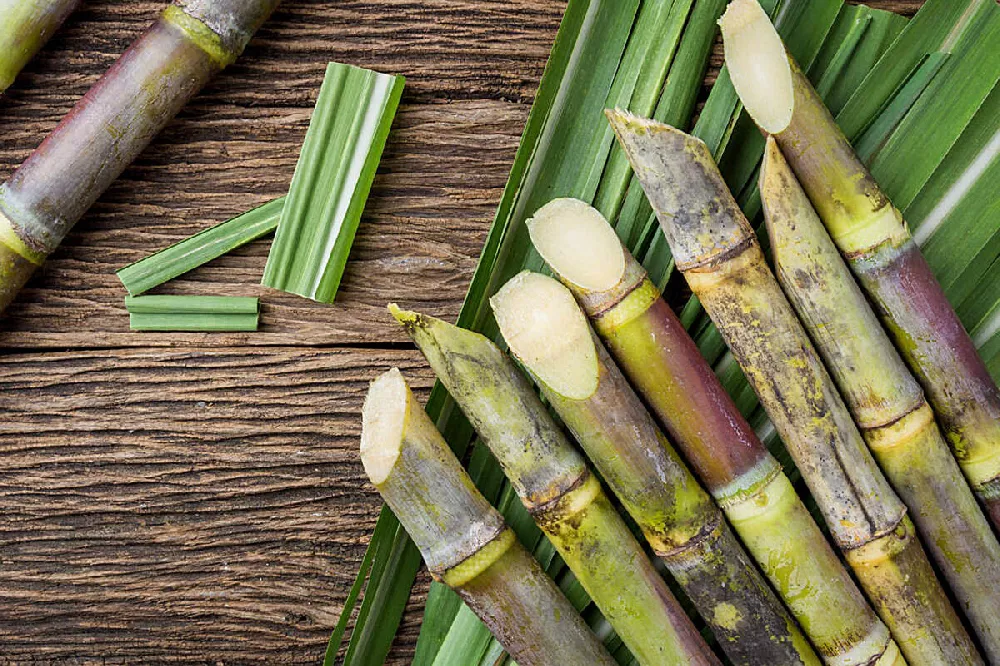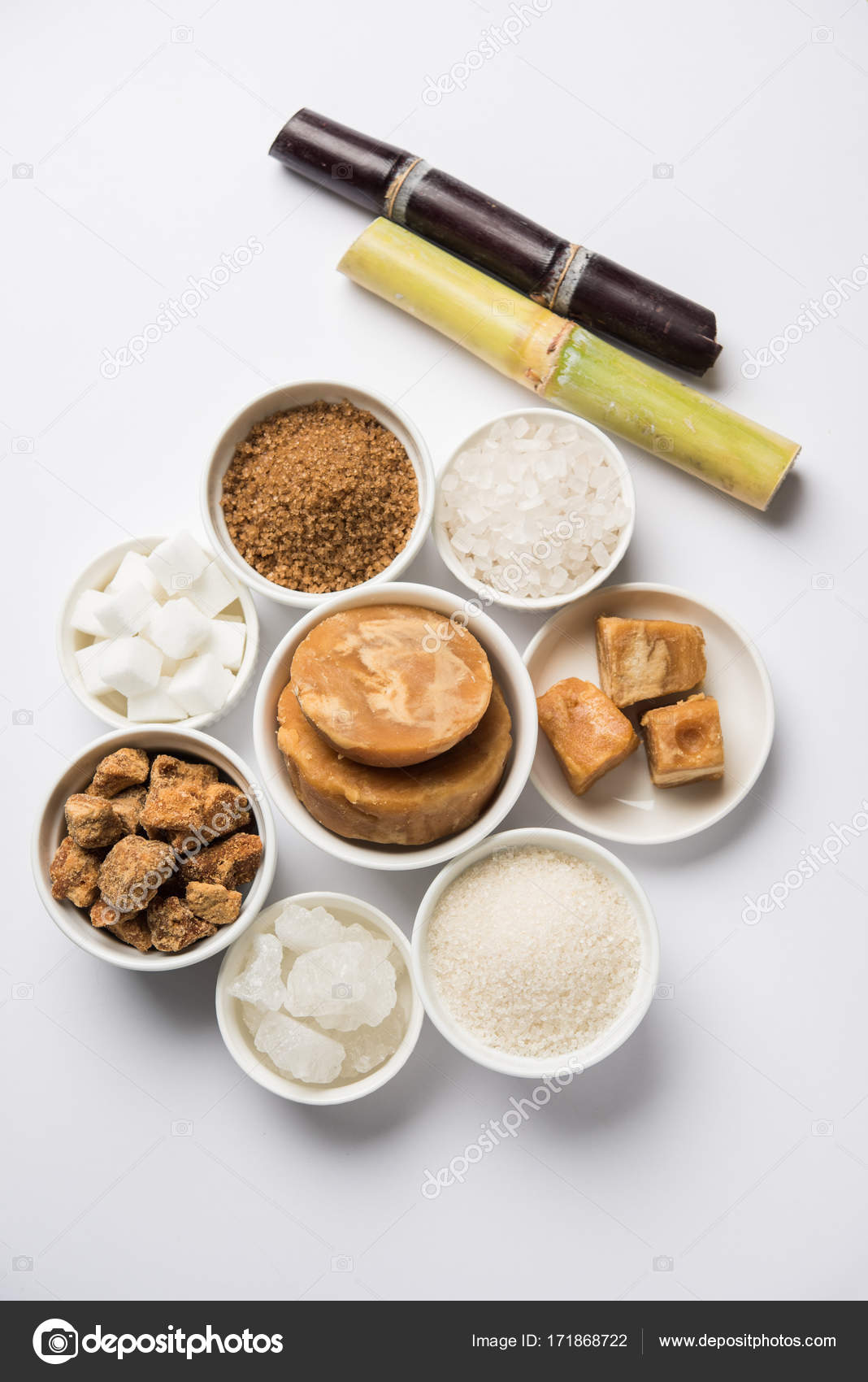A Deep Study Sugar Cane: Insights on Production, Supplies, and Item Growth
Sugar cane plays an important duty in agriculture, underpinning economic situations in tropical regions. Its cultivation involves complex procedures affected by different environmental aspects. Nevertheless, growers deal with significant difficulties, consisting of climate adjustment and market variations. Technologies in item development are emerging in feedback to developing consumer demands. Understanding these characteristics is vital for comprehending the future of this essential crop and its impact on worldwide markets. What lies in advance for sugar cane and its myriad applications?
The Relevance of Sugar Cane in Global Farming
Sugar cane works as a vital crop in worldwide farming, underpinning economic situations and food systems in many exotic areas. This functional plant is largely cultivated for its high sucrose web content, which is fine-tuned into sugar, a staple ingredient in many food. Past sweetening, sugar cane is also crucial for producing biofuels, particularly ethanol, adding to energy sustainability.The economic significance of sugar cane includes work, giving source of incomes for countless farmers and employees in handling centers. In numerous countries, sugar cane cultivation and handling represent substantial sections of farming GDP, affecting trade equilibriums and local development.Additionally, sugar cane's flexibility to numerous climates boosts its relevance as a plant, making certain regular supply in worldwide markets. Its spin-offs, including molasses and bagasse, better expand its utility, making it a necessary element in food, energy, and market. Generally, sugar cane continues to be a foundation of agricultural performance worldwide.
Farming Procedures: From Planting to Harvest
Cultivating sugar cane entails a collection of distinct processes that guarantee perfect development and return. The growing starts with land preparation, where the dirt is tilled to safeguard ideal oygenation and water drainage. Following this, seed cane, which consists of mature stalks, is chosen and reduced into sections (sugar cane products). These sections are after that planted in furrows, ensuring appropriate spacing to enable for sunlight and nutrient access.Once planted, watering systems are employed to preserve adequate moisture levels, as sugar cane thrives in humid conditions. Weeding and pest administration are important throughout the growing period to reduce competition for sources. Nutrient application, including fertilizers, sustains durable growth. As the plants develop, keeping track of for diseases and insects continues.Harvesting commonly occurs 10 to 24 months post-planting, depending upon the range. The walking sticks are cut close to the ground, making certain minimal waste, and are rapidly moved for refining to preserve sugar quality
Geographic Circulation of Sugar Cane Production
The geographical circulation of sugar cane production is greatly formed by particular climate and dirt requirements. Significant generating nations, such as Brazil, India, and China, take advantage of exotic and subtropical environments that sustain the plant's development. Comprehending these aspects offers insight right into the global landscape of sugar cane growing.
Major Making Countries
Although sugar cane is grown in numerous areas worldwide, specific nations control production because of beneficial climates and agricultural methods. Brazil leads the international market, accounting for around one-third of overall production, thanks to its considerable vineyards and advanced farming methods. India follows as a significant producer, profiting from both favorable climate conditions and a large domestic market. China and Thailand also place amongst the leading manufacturers, with reputable facilities supporting their sugar markets. Other remarkable contributors consist of the United States, Mexico, and Australia, each leveraging their one-of-a-kind farming systems to enhance result. These nations play an essential function in the sugar cane supply chain, influencing global prices and availability
Environment and Soil Demands
Suitable environment and dirt conditions are crucial for successful sugar cane production. Sugar cane thrives in exotic and subtropical regions, calling for warm temperature levels between 20 ° C and 30 ° C (68 ° F to 86 ° F) These plants require abundant sunlight and rainfall, preferably in between 1,500 to 2,500 millimeters every year, to ensure peak development. The soil should be well-drained, productive, and abundant in organic issue, with a pH degree ideally between 5.5 and 8.5. Sandy loam or clay loam soils are especially for sugar cane cultivation, giving necessary nutrients and drainage. Geographical distribution is mostly influenced by these elements, with major production areas located in Brazil, India, and China, where ecological conditions line up with the plant's demands for growth and yield.

Obstacles Dealt With by Sugar Cane Growers
Sugar cane cultivators run into substantial difficulties that influence their livelihoods. Climate change introduces unpredictable climate patterns, affecting crop yield and quality. Additionally, market value volatility produces financial uncertainty, complicating long-term preparation for these farming producers.
Environment Modification Impacts

Just how do reference environment adjustment influences influence the viability of sugar cane growing? Increasing temperature levels and unpredictable weather condition patterns notably test sugar cane cultivators. Increased warm can lead to decreased yields, as the plants battle to prosper in severe conditions. Additionally, transformed rains patterns lead to either dry spells or too much flooding, both destructive to crop wellness. Parasites and conditions are likely to proliferate in warmer environments, further harmful production. Furthermore, dirt deterioration and salinization as a result of climbing water level can diminish cultivatable land. These climatic changes oblige growers to adjust their methods, usually calling for financial investment in brand-new modern technologies and durable plant ranges. Inevitably, the sustainability of sugar cane growing depends upon resolving these climate challenges properly.

Market Rate Volatility
Market value volatility presents substantial challenges for sugar cane growers, impacting their financial stability and preparation. Variations in market rates, driven by factors such as worldwide supply and demand, climate condition, and federal government plans, develop unpredictability for manufacturers. This unpredictability makes it difficult for growers to forecast incomes and handle operating costs successfully. In addition, when rates drop suddenly, numerous farmers may struggle to cover production costs, leading to potential financial distress. To mitigate these threats, some growers turn to contracts or hedging approaches, yet these services might not come to all. Market rate volatility stays a consistent problem, influencing the overall sustainability and profitability of sugar cane farming.
Recognizing the Sugar Cane Supply Chain

Market Trends Affecting Sugar Cane Costs
The characteristics of sugar cane prices are influenced by a range of market trends that mirror more comprehensive financial conditions and customer behaviors. Worldwide need for sugar and sugar-related products plays a crucial duty, with increasing interest in organic and sustainably sourced products driving prices higher. In addition, fluctuations in oil costs affect the price of production and transport, further influencing market rates. Weather condition patterns are another significant aspect; damaging conditions can lead to lowered yields and increased costs. Profession policies, tolls, and global agreements also form the market landscape, influencing supply chains and schedule. Currency exchange prices can complicate global profession, influencing prices for both exporters and importers. Changes in consumer choices towards healthier choices might alter demand patterns, developing a surge result on sugar cane rates. sugar cane products. Recognizing these interconnected fads is important for stakeholders in the sugar sector.
Technologies in Sugar Cane Product Advancement
Many innovations in sugar cane product development are improving the market and expanding its applications. Researchers are checking out different uses beyond conventional sugar, consisting of biofuels, naturally degradable plastics, and health and wellness supplements. Advancements in chemical processing techniques have actually improved the removal of beneficial compounds such as anti-oxidants and vitamins from sugar cane, advertising its usage in functional foods.Additionally, the growth of genetically customized sugar cane varieties intends to improve return and resistance to bugs, while also boosting the dietary profile of the crop. Advancements in fermentation procedures have actually resulted in the production of high-grade liquors originated from check that sugar cane, attracting a growing market for craft spirits.Moreover, lasting practices in cultivation and processing are acquiring grip, with a concentrate on reducing ecological impacts. These developments not just produce brand-new market possibilities yet additionally cultivate a more sustainable method to sugar cane production, lining up with worldwide patterns in the direction of environmentally friendly items.
Frequently Asked Concerns
What Are the Ecological Impacts of Sugar Cane Farming?
The ecological influences of sugar cane farming consist of deforestation, loss of biodiversity, water contamination from plant foods and chemicals, dirt degradation, and greenhouse gas exhausts, every one of which substantially contribute to environmental imbalances and environment modification.
How Does Sugar Cane Growing Affect Local Economies?
Sugar cane cultivation greatly influences neighborhood economic situations by developing jobs, stimulating farming industries, and producing earnings for farmers. It can also lead to financial reliance and changes based on market demands and ecological conditions.
What Are the Main Vermin and Diseases Affecting Sugar Cane?
The primary insects affecting sugar cane consist of the sugarcane borer and aphids. Illness such as red rot and smut substantially effect return. Farmers need to implement integrated parasite management methods to minimize these risks effectively.
Exactly How Is Sugar Cane Processed Into Different Products?
Sugar cane handling involves crushing the stalks to remove juice, followed by why not look here explanation, evaporation, and formation. This procedure yields raw sugar, molasses, and ethanol, each serving unique objectives in numerous industries, from food to energy.
What Are the Nutritional Aspects of Sugar Cane?
The dietary facets of sugar cane consist of necessary nutrients, specifically B vitamins, calcium, and iron. It additionally includes fiber, though mostly made up of sucrose, which gives power but lacks substantial nutrients.